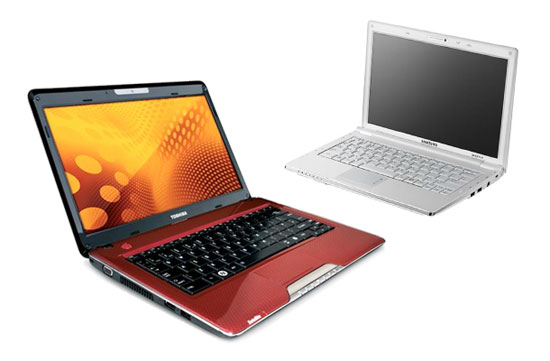Netbooks with 10- to 12-inch displays are expected to become the mainstream in the segment in 2010 as market demand for larger-size netbooks is rising, according to industry sources.
In 2010, the sources expect current 10-inch netbooks to be mainly positioned for entry-level markets to defend against the entrance of smartbooks. 10-inch models with touchscreen capabilities will be positioned for mid-range markets, and 12-inch models will be the major profit driver for the vendors.

Since Intel has limited its Atom platform to be only used in netbooks with display sizes of 10-inch or less, several first-tier vendors have already turned to adopt the combination of Nvidia’s Ion chipset and Intel’s Atom processor for their 12-inch netbooks in hopes of attracting consumers looking to have a bigger screen.
Although switching to the Ion chipset increases vendors’ costs by about US$60 to cover the cost of the chipset and because Intel offers steep discounts on the list price of Atom CPUs when then are bought (and shipped) with certain Intel chipsets, vendors will be able to raise the ASPs and so preserve their profit margins.
However, in the future since Intel’s upcoming Pine Trail-M platform N450 CPU features an integrated memory controller and GPU, the sources believe Nvidia’s Ion chipset will find it difficult to survive once Intel discontinues its current-generation Atom CPUs. On the other hand, Nvidia’s Ion 2 platform will offer the option of discrete graphics cards in order to compete against Intel in netbook market.
As the netbook mainstream size expands to 12-inch, ASPs are also expected to rise to around NT$17,000-19,000 and may therefor directly impact ultra-thin notebook sales. Although Intel plans to launch a new ultra-thin notebook platform incorporating a discrete graphics card option in 2010, which should bring up ultra-thin notebook ASPs by US$60-120, the sources still remain conservative about ultra-thin notebook demand in 2010.


